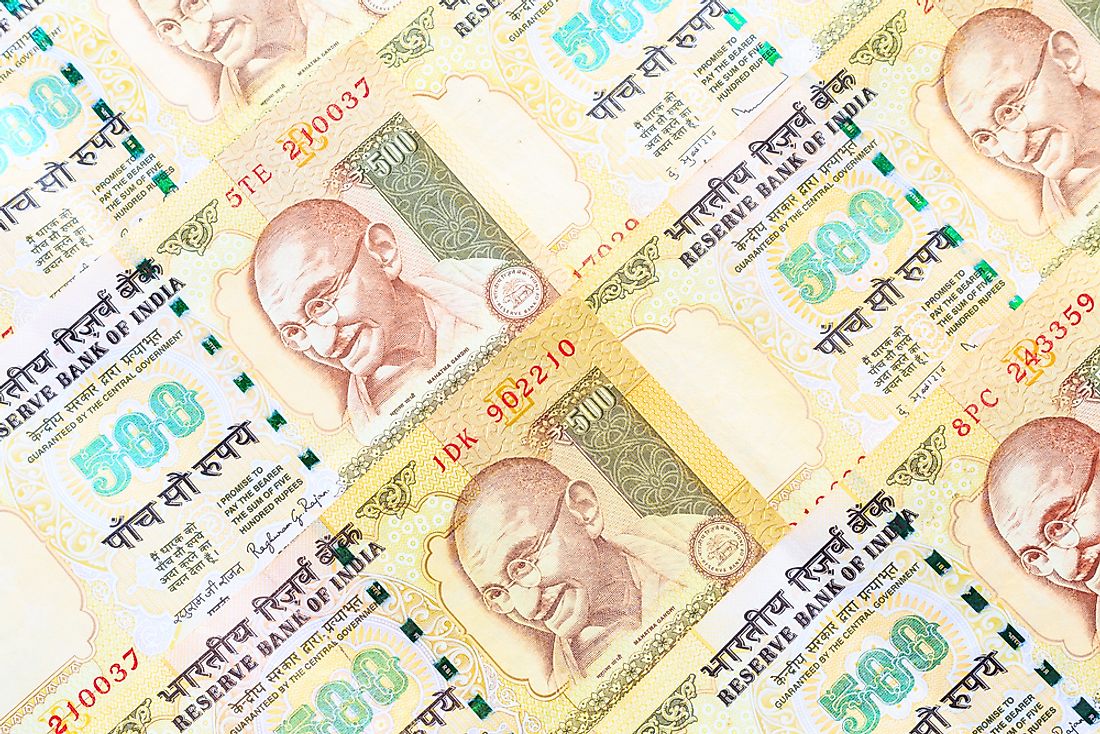Demonetization in India: What Happened and Why?

Two years and a few months on, India’s decision to “demonetize” some of its currency is still having lasting effects on the economy. Demonetization refers to the process of stripping a currency unit of its status as a legal tender. In the Indian context, this meant rendering the INR 500 and INR1000 notes invalid past midnight November 8, 2016. This decision was announced by the Prime Minister of India, Narendra Modi, who stated that the primary reason to combat black market activity and counterfeit bills. As India is an economy largely dependent on cash, this decision certainly came as a significant one.
Early Demonetization Process
While making the announcement of the demonetization, the government provided people with a time frame of 2 months to deposit these currency notes. As per the order, up to 10 lakhs or 1 million in INR could be deposited in each person’s account without having to provide a legitimate source of said income. For those without bank accounts, it was possible to deposit the now invalid notes in another person’s bank account, provided there was consent in the form of a written note from the account holder.
Besides the declaration of invalidity of the INR 500 and INR 1000 notes, a step overseen by the Reserve Bank of India, the introduction of new INR 500 and INR 2000 notes was also announced. This was accompanied by other measures, such as the incentivizing of digital transactions to ease the transition period of changing and re-circulation of notes. However, this period was accompanied by a prolonged cash shortage and a noticeable disruption across the economy, particularly in the unorganized sector.
Reasons for Demonetization
As Modi announced that “notes of INR 500 and INR 1000 will not be legal tender from midnight tonight,” he outlined the primary reason for this step as he urged people to join the fight against black money. Besides the aim to unearth black money, the move was undertaken to "plug financing to terrorists" and expand the fiscal space of the government via the return of cash. Additionally, government representatives stated that demonetization was undertaken in an effort to reduce the dependence on cash for casual transactions and to lead to a more sophisticated economy.
This was not the first time India has undertaken demonetization. The move was initially and continues to be, met with mixed reactions. During the demonetization process, critics described it as poorly planned and unfair, while several others welcomed this drastic move to the Indian economy. Two years and a few months after this move, only 0.7 percent of demonetized notes have not been returned to banks. As per data by World Bank’s Findex database, digital payment rose 29% between 2014 and 2017, a total of 10 percentage points.







